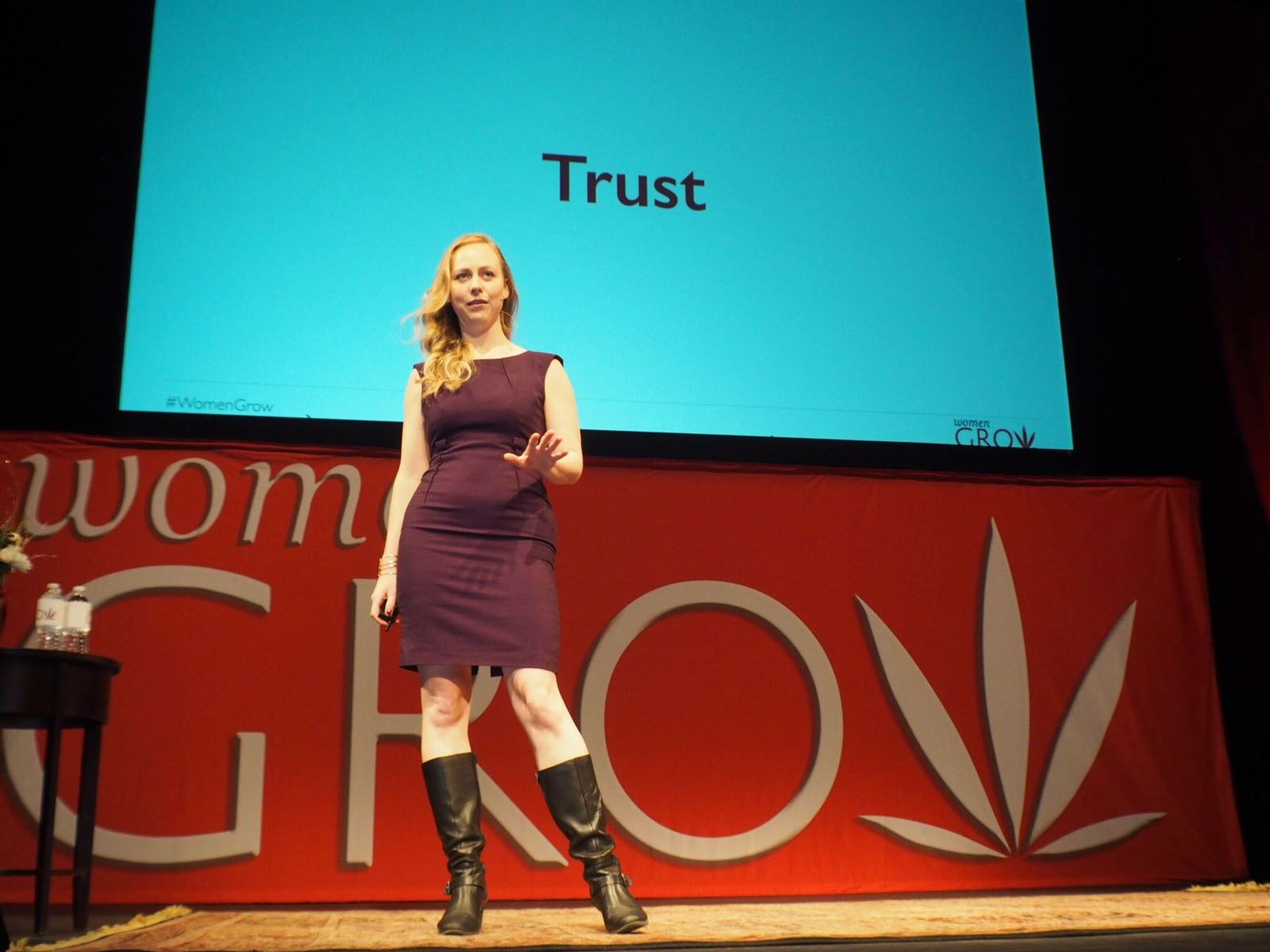
I tell UCLA Anderson MBAs My Story (video)
Watch one of the first business school panels on cannabis business opportunities. Speakers include Jazmin Victoria Hupp, Kenny Morrison, Christian Groh, and Jim Baudino.

Where To Start Optimization Testing On Your Website
If you're just getting started with web optimization testing or have limited testing resources (hey that's like everybody), which pages you test is the most critical decision you have to make.

What I Learned Turning Off and Tuning In
See how I learned how to be in a museum, how to Burn in Spain, new psychedelic treatments, the final Summit at Sea, winning licenses, and at the very bottom, everything else I'm up to this year.

Reading Up on the Cannabis Industry
People researching the legal marijuana industry often ask me how to get started in the Cannabis industry. These are the resources I read to stay up to speed on current Cannabis culture.

How to Name Your Cannabis Business
7 principles to remember when naming your cannabis business. If you're opening a dispensary or cooking up an edibles brand, make sure to read this first.

7 Reasons You Should Focus on Women in Your Advertising & Your Business
Gallop's keynote is required watching for men & women – she teaches us how businesses are missing out on innovative ideas & profits by staying male-centric.

How To Create A Responsible & Effective Cannabis Brand
We have a huge responsibility to shape how the public perceives Cannabis going forward. See how smart branding pays off in the long run.

How You Can Create a Cannabis Industry We Can All Be Proud Of

Prioritizing Product Features for Cannabis Companies
Whether you're starting a MMJ dispensary or edibles brand: cannabis product feature strategy will be vital to your success.

2014's Hot Homepage Design Trend: Mega Images
You know those giant brand images filling up new home pages? Looks great but does it work?

Your Company's Facebook Posts Will Soon Be A Waste Of Time
The day when your Facebook organic posts will reach virtually no one is coming fast.

Personalizing B2B Sales Relationships at Scale
Marketers think in terms of campaigns and touch points, whereas traditional sales people think about one-to-one sales calls. Tawheed Kadar has solved for these conflicts by making each sales person a mini marketing organization with his 5x5 Method.

B2B Technology Sales Without a Sales Force
John Marcus runs a software company with a sales force of just himself–but he doesn’t touch 90% of the deals.

The Rise of the Design Executive Officer
To solve the world's problems: we need to think like designers, feel like designers, and act like designers.
3 Development Principles for Web Tools from Google's Crises Response Team
Alice shared three principles that guide the team when creating tools for disaster response: simple, standard, and open.

My Inc. Interview: 7 Networking Tips for Women
